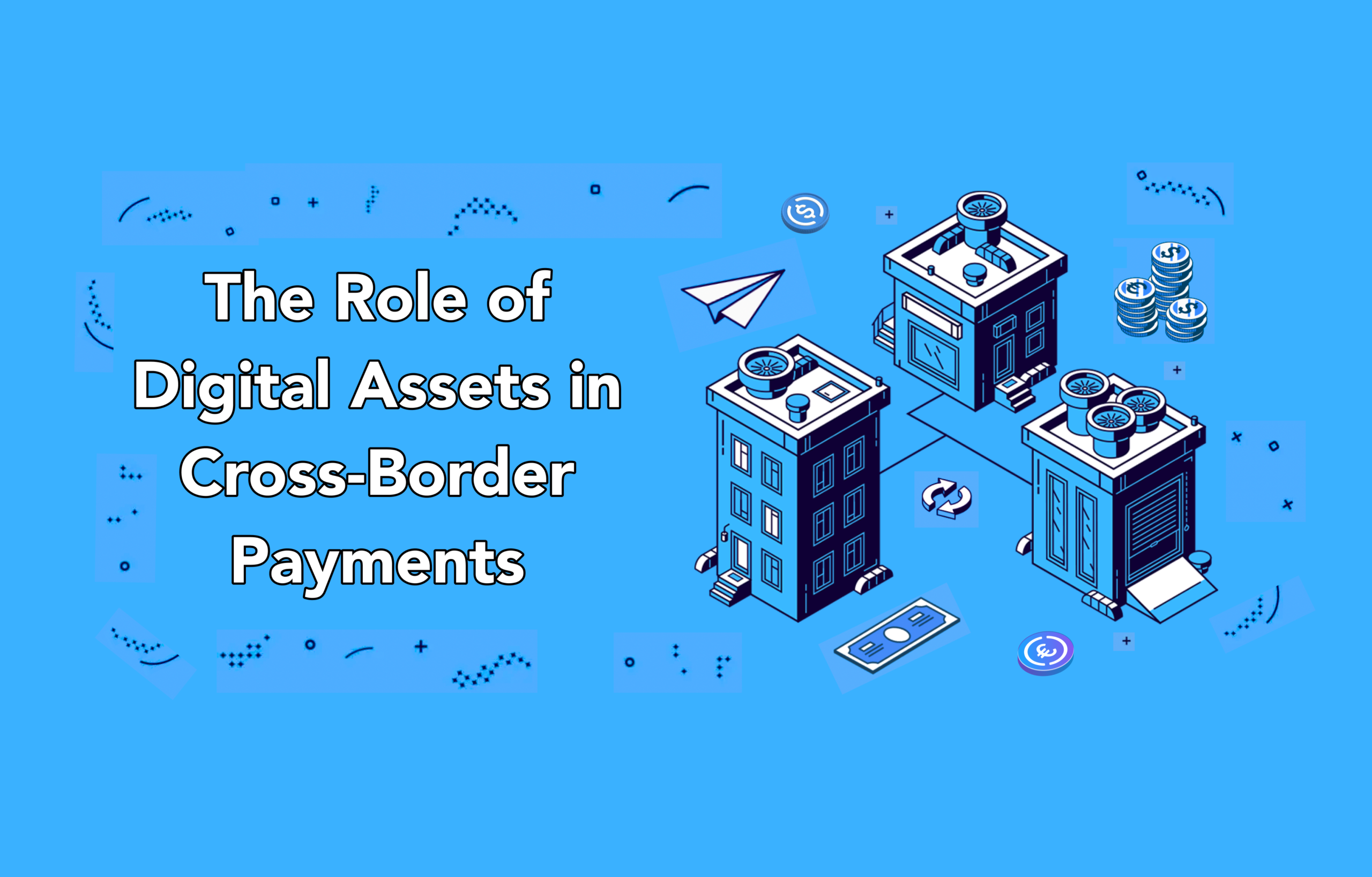The trend for CBDCs primarily began two years ago, when China launched a research effort to digitize its yuan. Today, China’s digital yuan is almost ready for a rollout, and the Chinese government even conducted wide-scale tests for the asset at the just-concluded Winter Olympics.

Debating the Possible Effects of CBDCs
Right now, no one particularly knows how the digital yuan will function and its possible effects on China’s financial landscape. The Chinese government is primarily focusing on designing an asset that can improve the efficiency of sending money, while also delivering more data about citizens and their financial standings.
Over in the West, however, several countries and regions have also moved to digitize their currencies. We’re seeing pushes from countries like France and agencies like the European Union to issue CBDCs. The rationale is simple - improving payments to ensure a more seamless flow of money worldwide, thus facilitating trade and improving transaction efficiency.
While there are still holdouts in the West, the CBDC fever has caught on pretty well, and there are now debates about what this could mean for the global banking system.
As expected, the pros of CBDCs seem to outweigh the cons right now. CBDCs will bring about an extra layer of efficiency for financial transactions - especially those that happen between countries. Trade will be more efficient, and even things as seemingly mundane as remittances would finally get the solution they deserve.
We should also consider the benefits for governments. By having direct control over the issuance of money, governments can finally begin to examine the different ramifications of their policies and how best to design the right systems that can help their citizens.
Putting The Clamps on Banks?
However, perhaps the most nuanced argument about CBDCs and their potential to change the financial system came in October 2021. The Bank of International Settlements (BIS) shared three reports detailing the possible effects of CBDCs, explaining that they could be especially challenging for banks.
In its analysis, the BIS explained that the effects on financial stability would depend primarily on the take-up levels of CBDCs - essentially, the speed of adoption. If the citizens of a country adopt a CBDC too fast, it could throw the country’s banking system out of balance. The primary fear is that CBDCs would cause a shift of money out of bank deposits and into digital cash.
Without access to liquid cash, banks would be unable to issue loans - which help them to make money. So, if CBDCs do replace traditional cash, they could affect the ability of banks to lend money in the long run, this will cause financial instability, both on the banks’ side and on that of the citizens.
But, the reverse could be the case if adoption rates are more gradual. Banks get enough time to adjust, and the shift in capital can effectively be managed.
Currently, adoption levels for CBDCs also depend on a number of factors - such as how attractive the CBDC becomes, especially in comparison to traditional cash. For instance, the government could design a CBDC that isn’t interest-bearing - just like cash. In this case, the CBDC will become less attractive, and its adoption levels will be slow.
The BIS report especially pointed out that demand for non-interest-bearing electronic money in areas like the European Union and the United Kingdom has been relatively slow. So, if governments hope to manage the effects of CBDCs, they might want to consider non-interest-bearing assets.
If central banks choose to issue remunerated interest-earning CBDCs, then these assets would immediately become more attractive than cash, other low interest-bearing deposits, and additional cash substitutes. As the report explained:
“It could be attractive to households that are particularly risk-averse or have already spread deposits across multiple bank accounts to minimize balances above deposit protection limits. Businesses might also wish to transfer some of their uninsured balances to a CBDC.”
BIS CBDC Report
Soon enough, bank deposits would dry up, and they would be left reeling.
Becoming Just a Mere Money Distributor?
As the BIS has explained, CBDCs could present an existential threat to banks. These institutions depend significantly on their ability to lend money and create credit - thus increasing their net interest margin (NIM). If they’re unable to do this at will because of CBDCs, they could simply become institutions that merely distribute government money.
Without a doubt, this can be challenging for the world. Small businesses will suddenly be unable to go to banks for loans because they simply can’t access these facilities. At the same time, banks themselves will be unable to expand into other countries - thus cutting a major source of tax revenue.
The 21st-century economic miracles that many countries have witnessed over the past few decades have only been possible because of strong banking systems. What happens when these systems are suddenly threatened?
A Seamless Transition is Possible
Despite the possible effects on the banking system, there is no doubt that the world is ready for the CBDC age. Areas like trade and cross-border payments have become too complex to be handled by traditional means anymore. It’s time for money to be more functional, and CBDCs are a great way to get there.
At the same time, countries should also be willing to make a seamless transition. A CBDC design that works for Australia might not necessarily work for Cameroon. By understanding the peculiarities of your economy, you can design a CBDC system that works and is geared towards achieving results.



